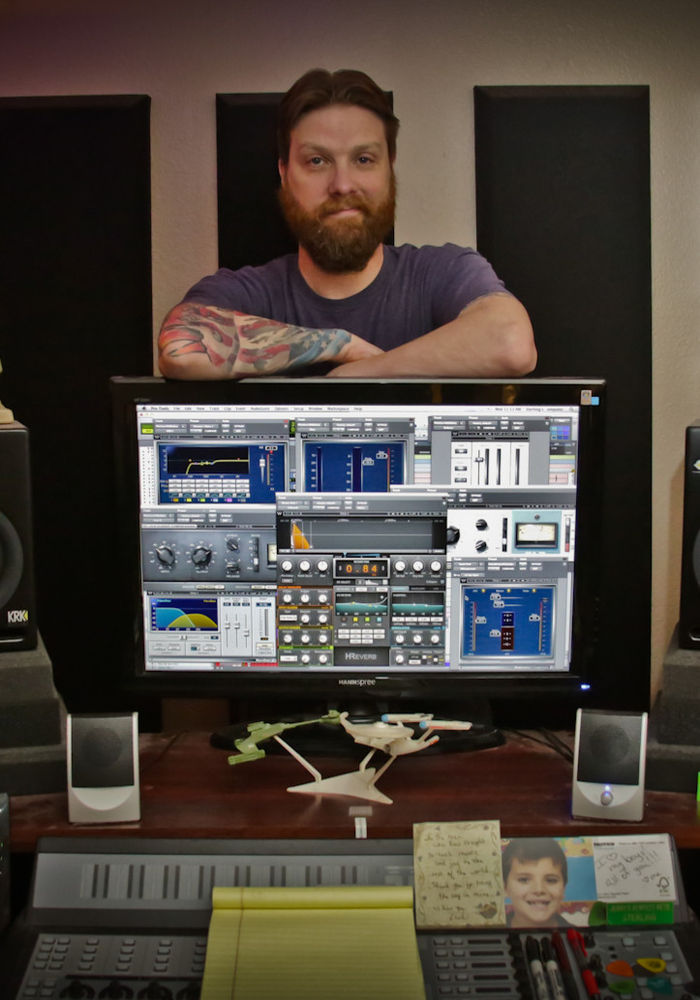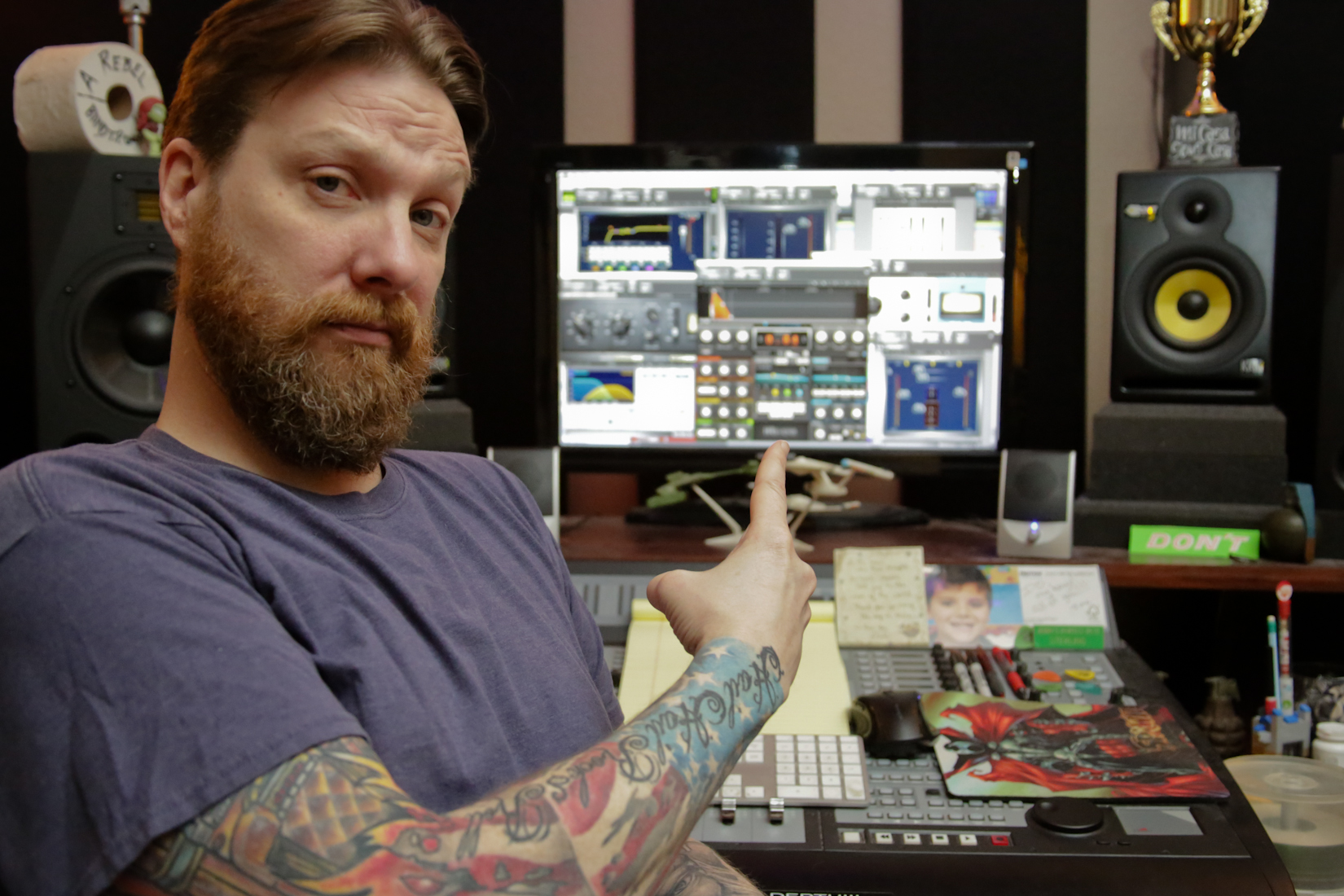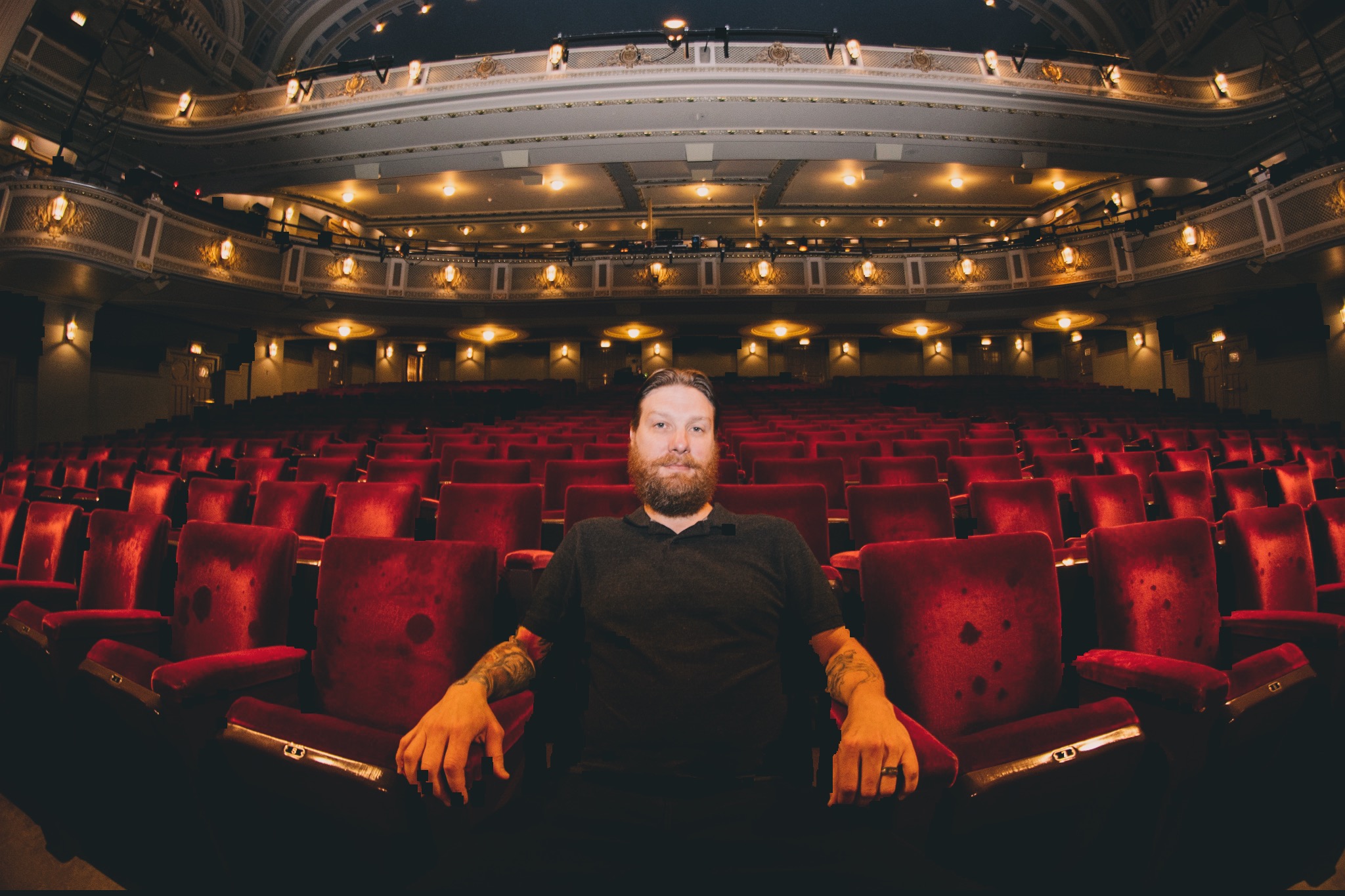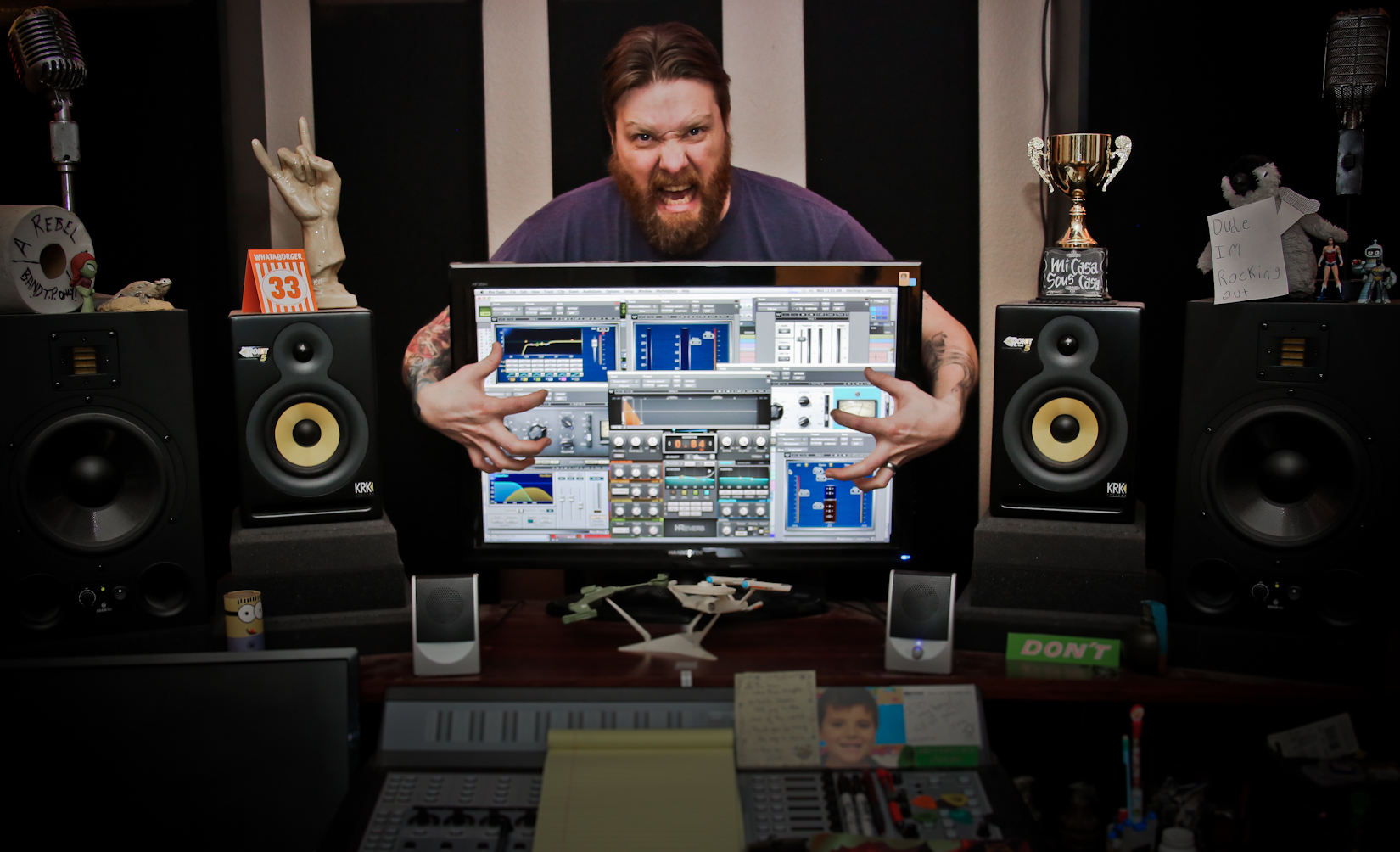American music producer and engineer, Sterling Winfield is a go-to guy in the hard rock music scene for his heavy sounds, which traces back to the early ‘90s when he first worked with Pantera. He shares his top production tricks and explains why Waves plugins help him rock on.
You’ve said before that heavy metal and hard rock music is not just a wall of sound and that there’s actually a lot of intricacies to that style of music; would people be surprised to learn about what goes on behind the scenes when creating music like this?
I would think they would be hugely surprised how intricate it is and how bad ass some of these musicians really are! I think heavy metal musicians are some of the finest in the world, period. They are incredible musicians and the amount of practice and work that goes into playing some of this music is insane.
So for some people to turn their nose up at it and dismiss it as noise, I think is uninformed and pretty ignorant, actually. I think they would be really, really surprised at the musicianship that some of these dudes have.
Yeah, we're a little cuckoo, we're a little crazy, but I don't know an artist that isn't, you know? They are some incredible musicians and a lot of them are amazing human beings and not at all what you think they would be like.
When I’m working with King Diamond everybody's like, ‘does he come in the studio with his makeup on? I bet he comes in there, lights candles and is worshipping the devil’ [laughs]. I'm like, ‘no, he's the sweetest man in the world’. He's so cool – such a nice guy.
I know that people only see the surface. These are salt of the earth, grounded human beings.








